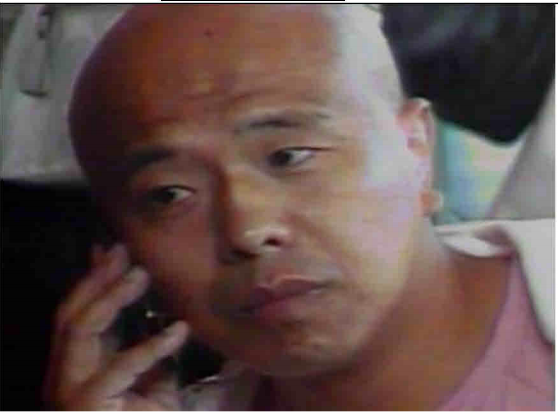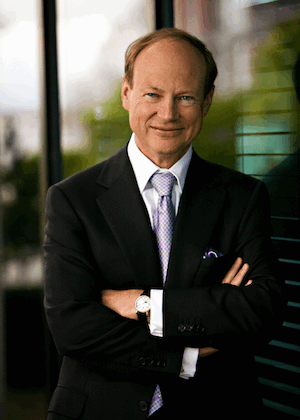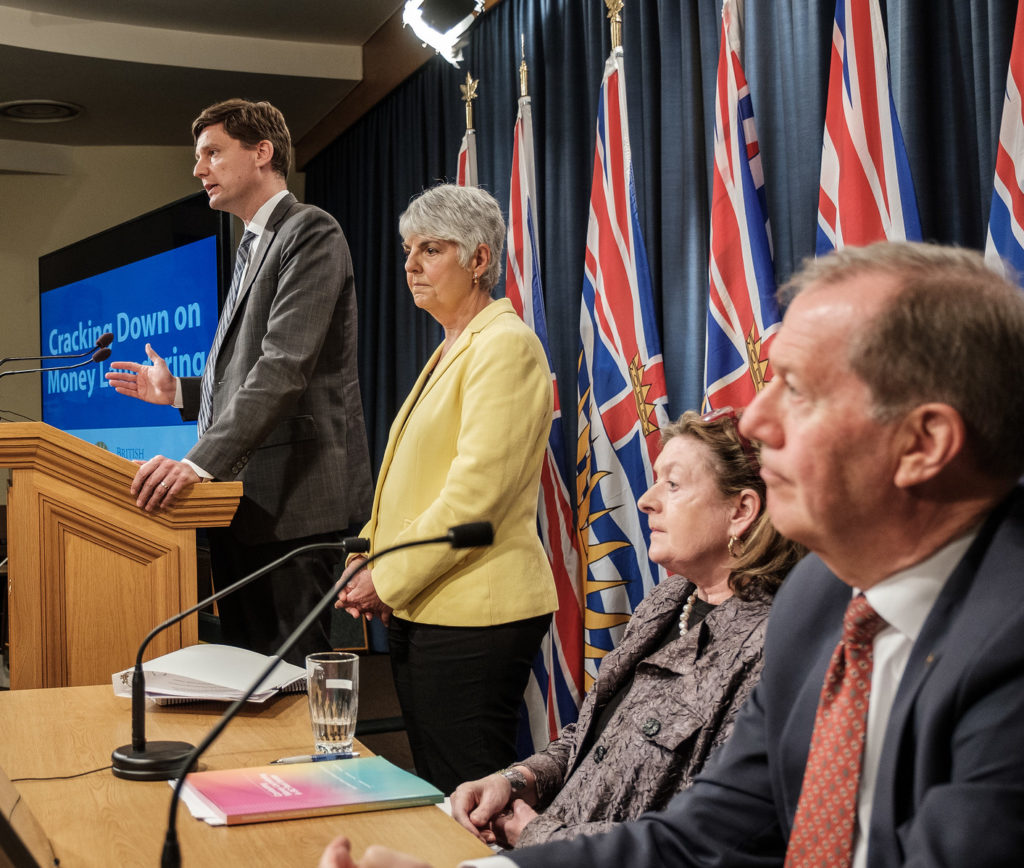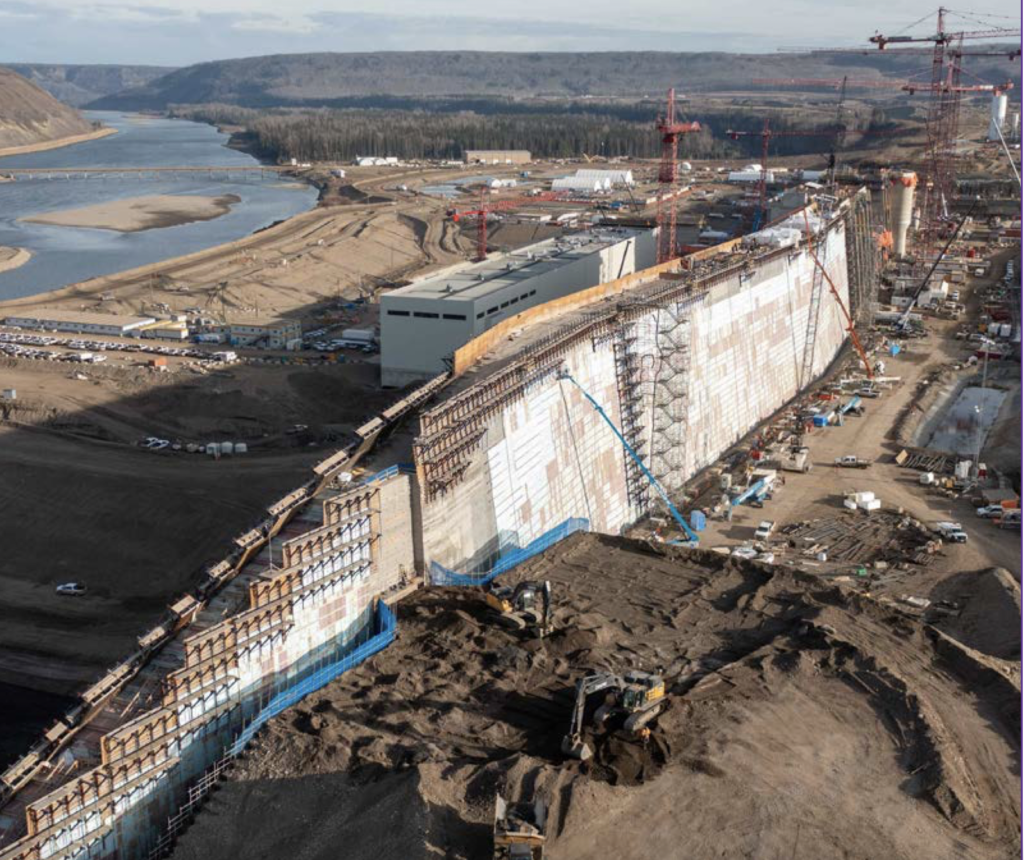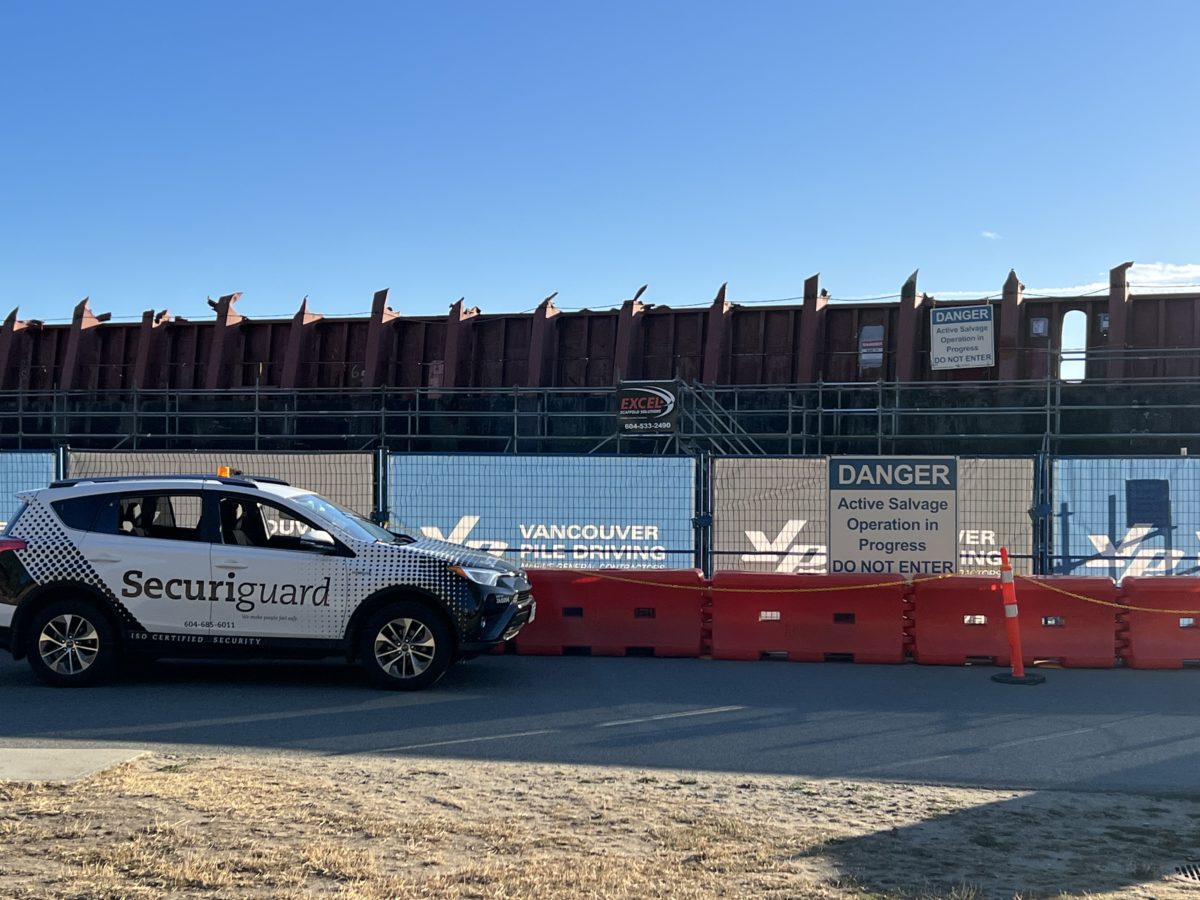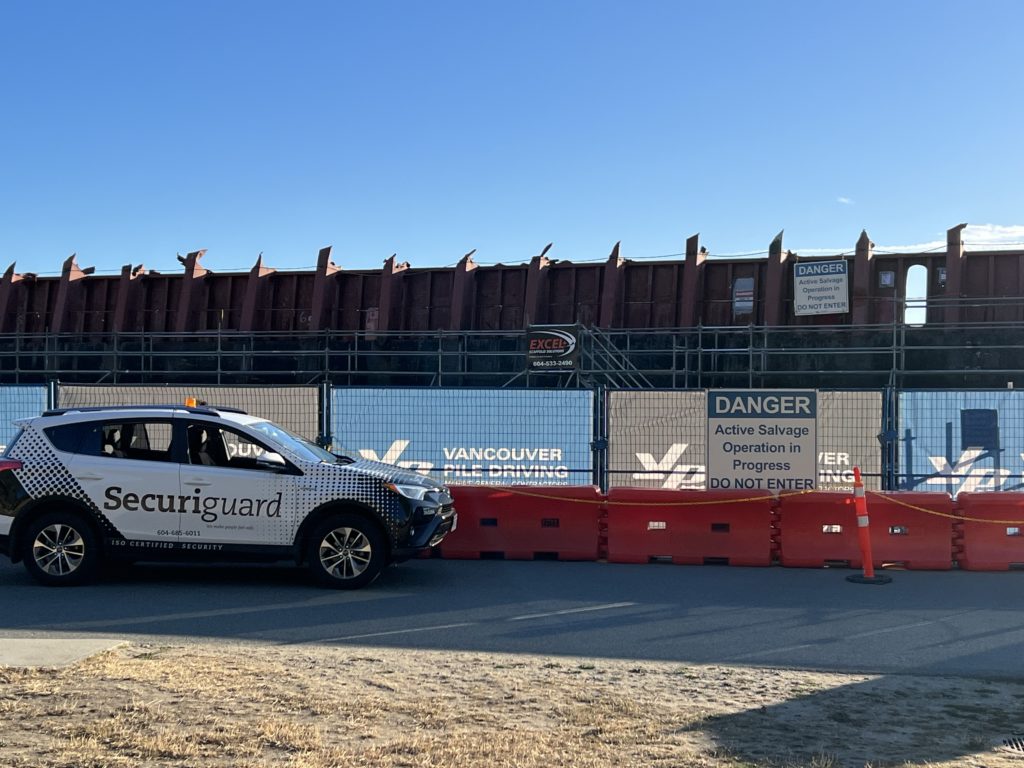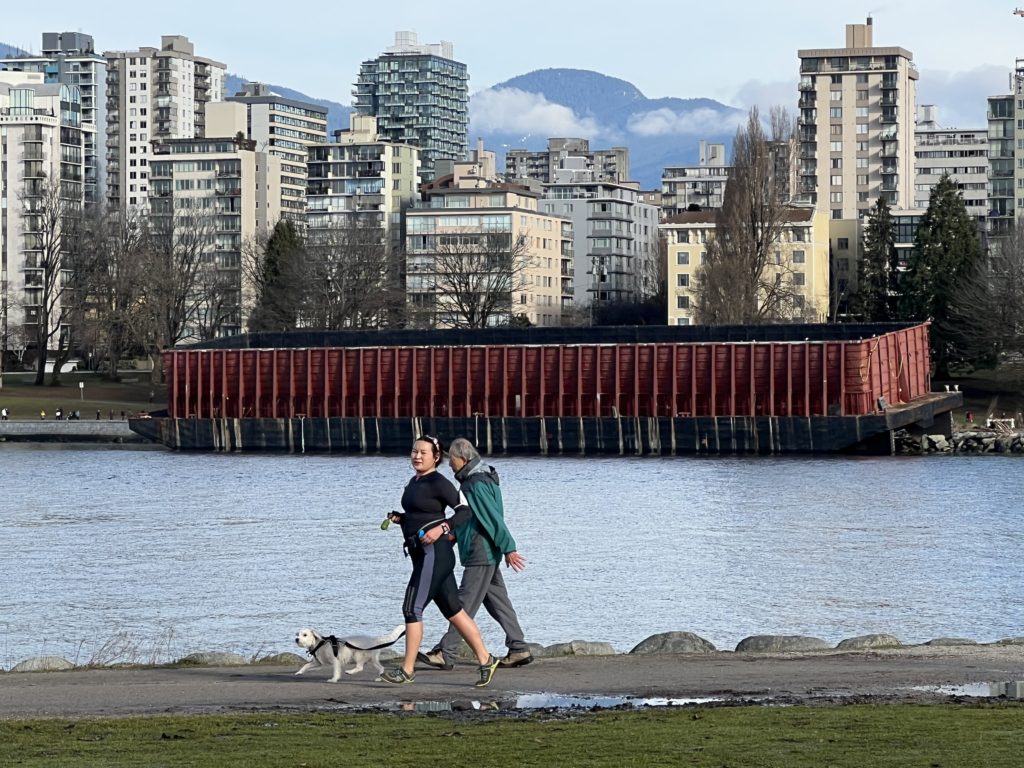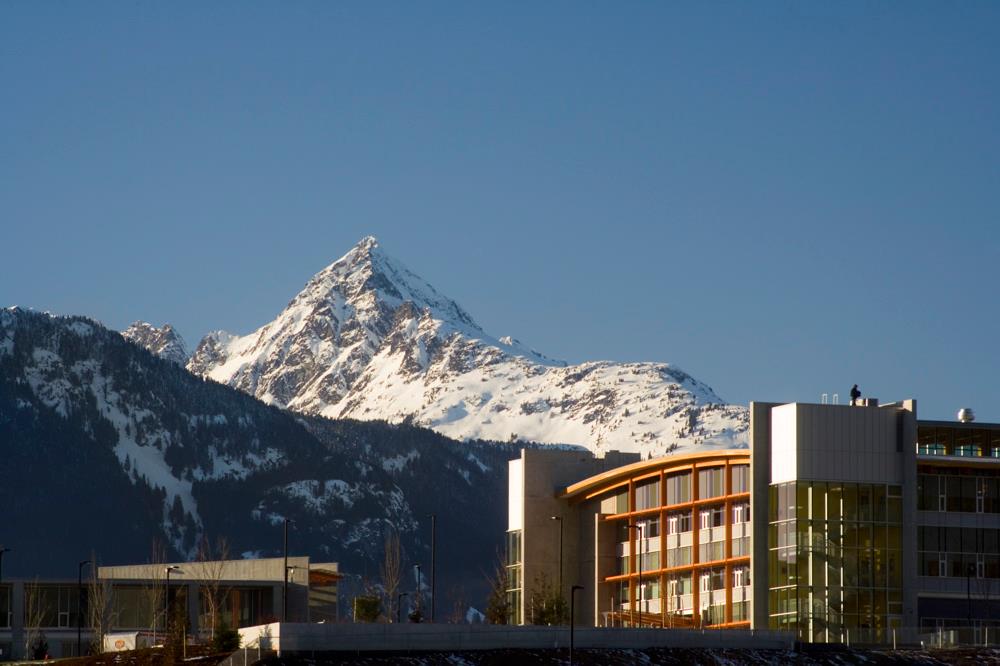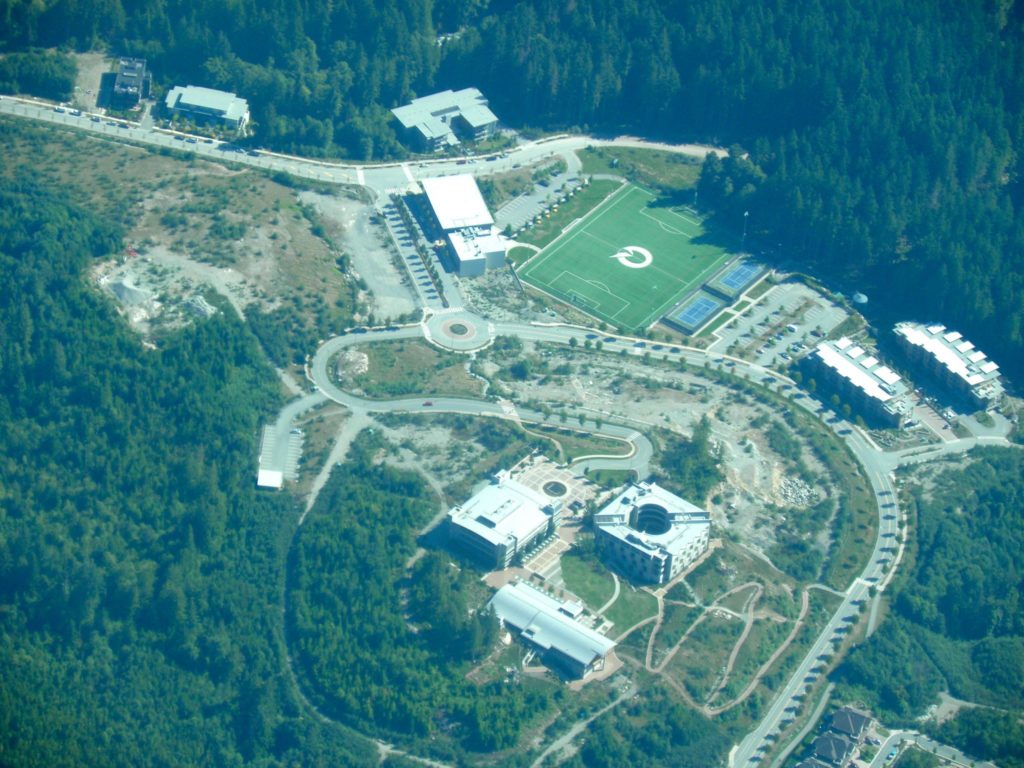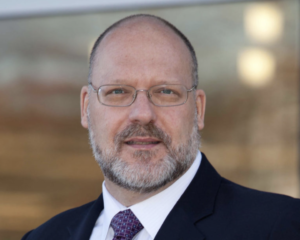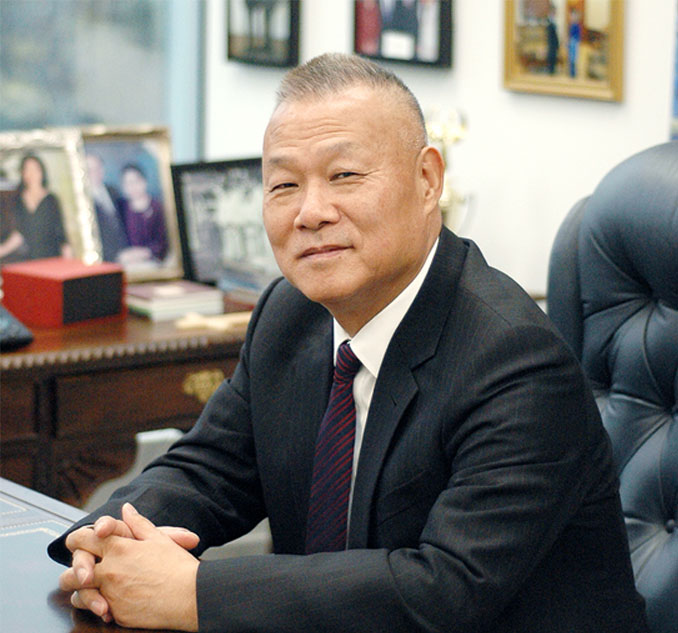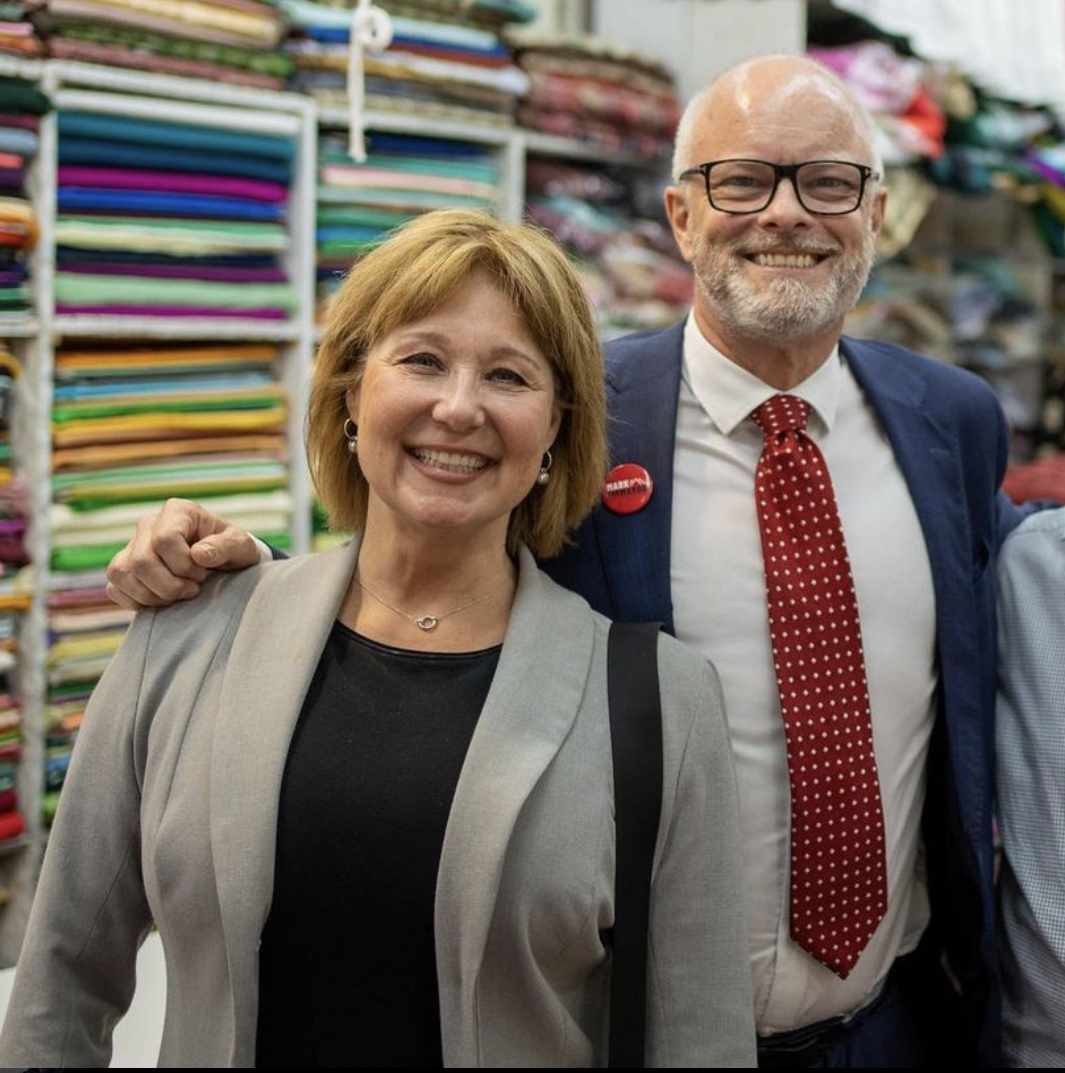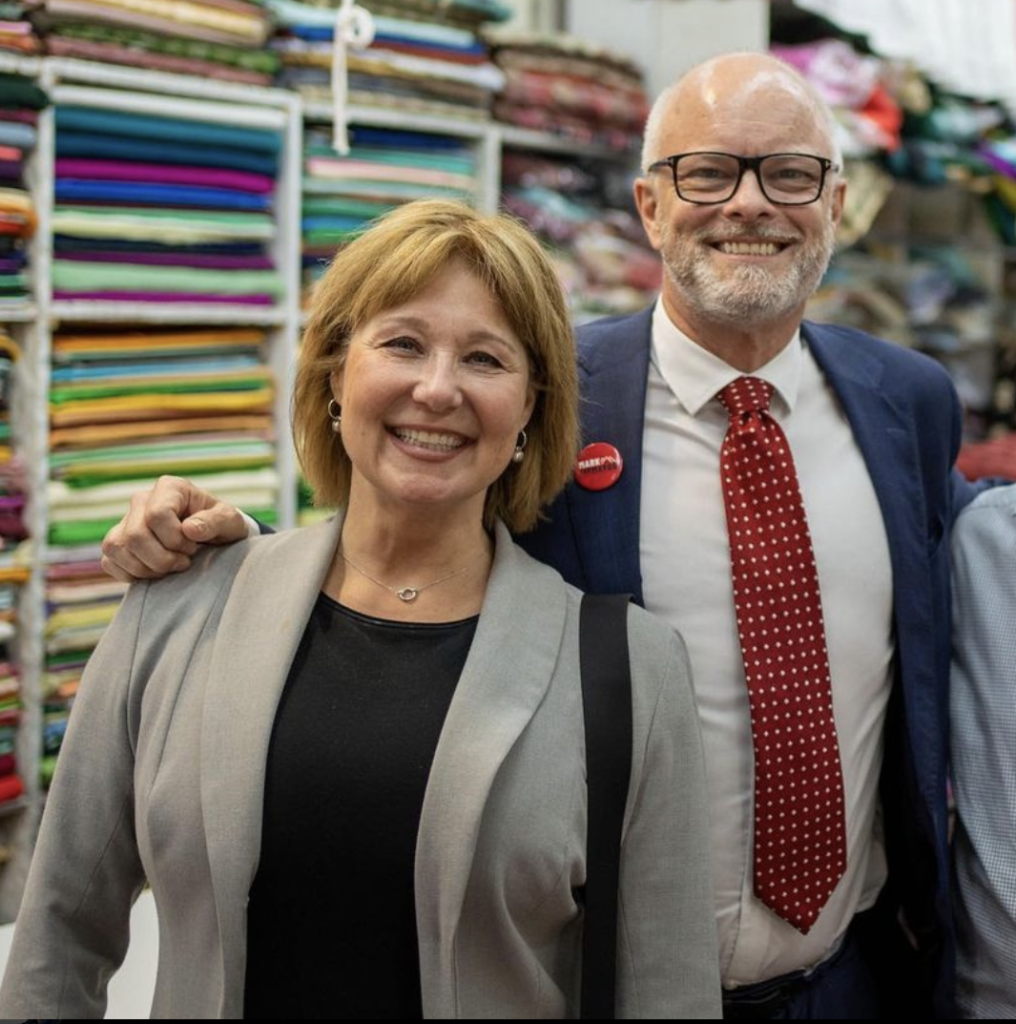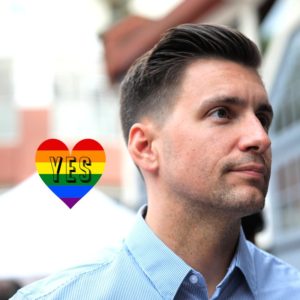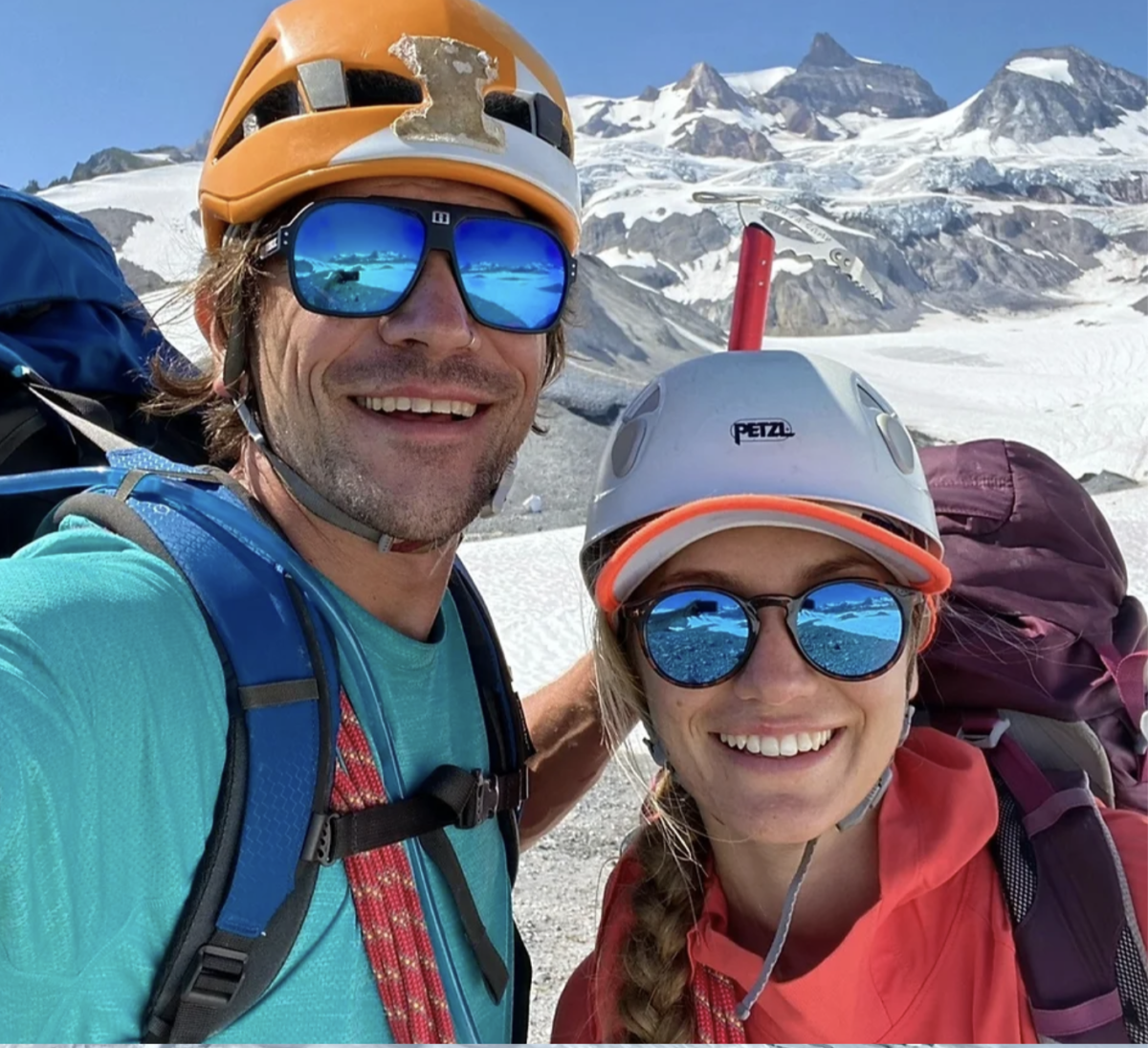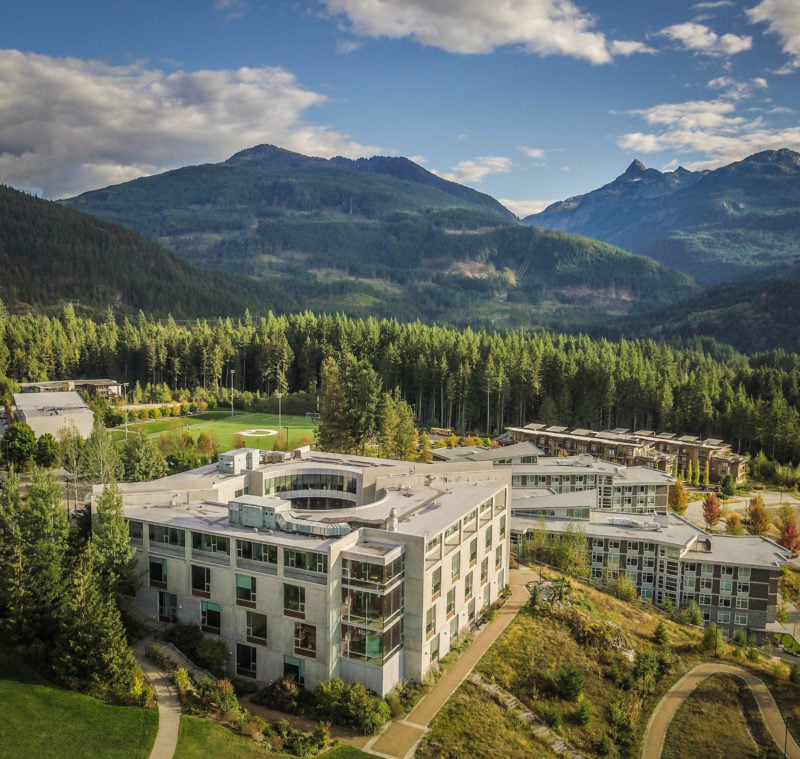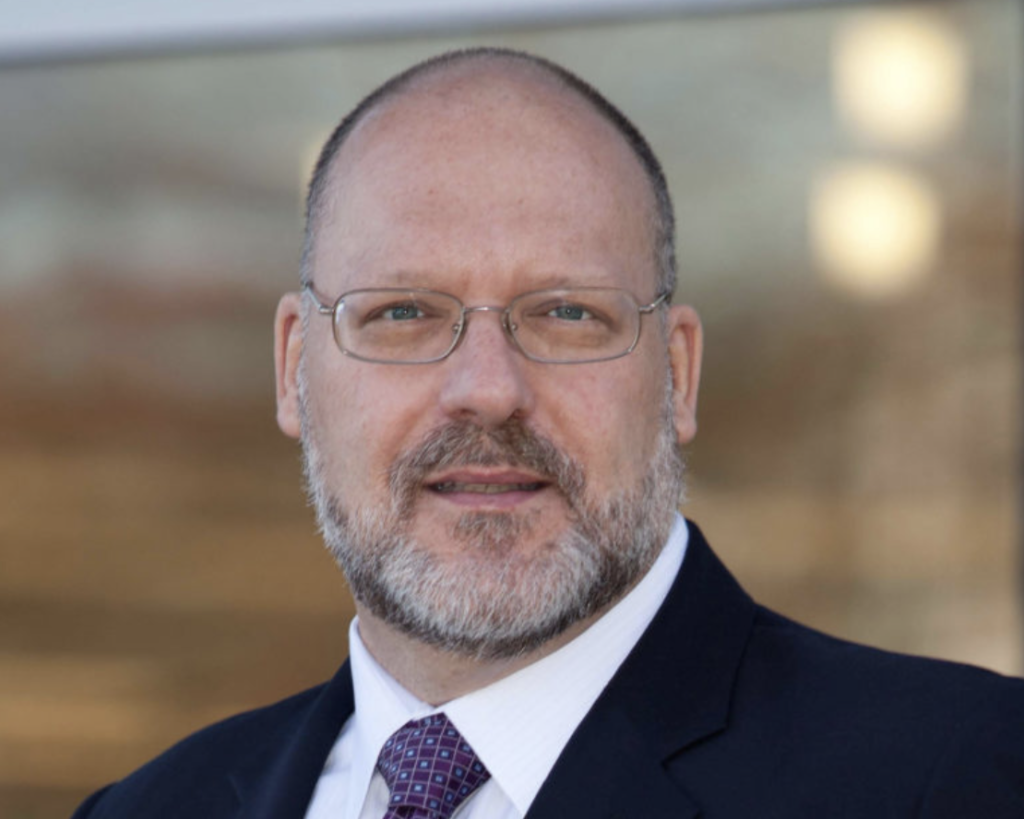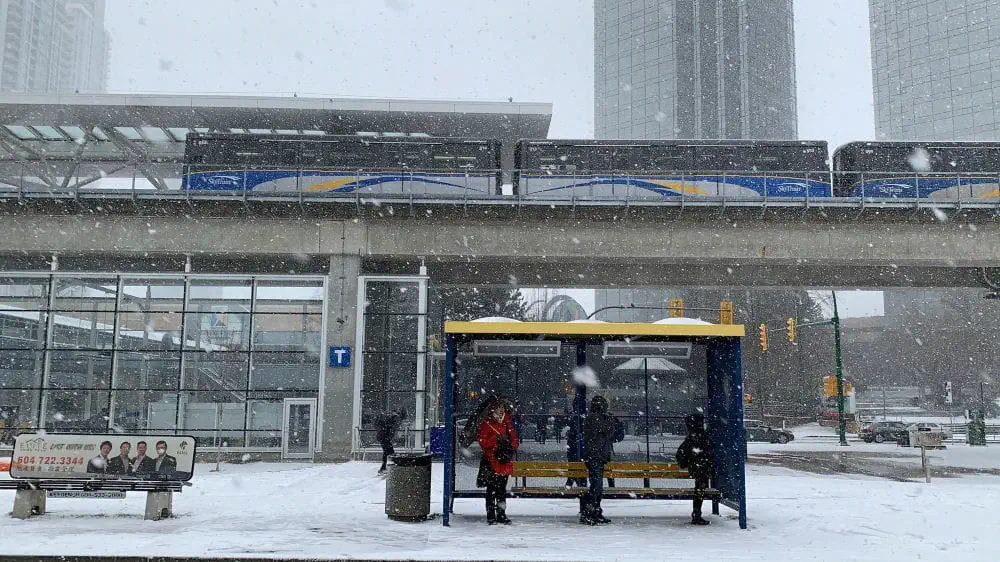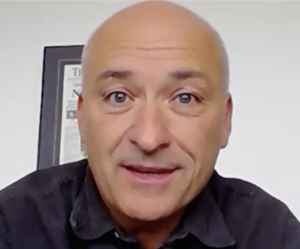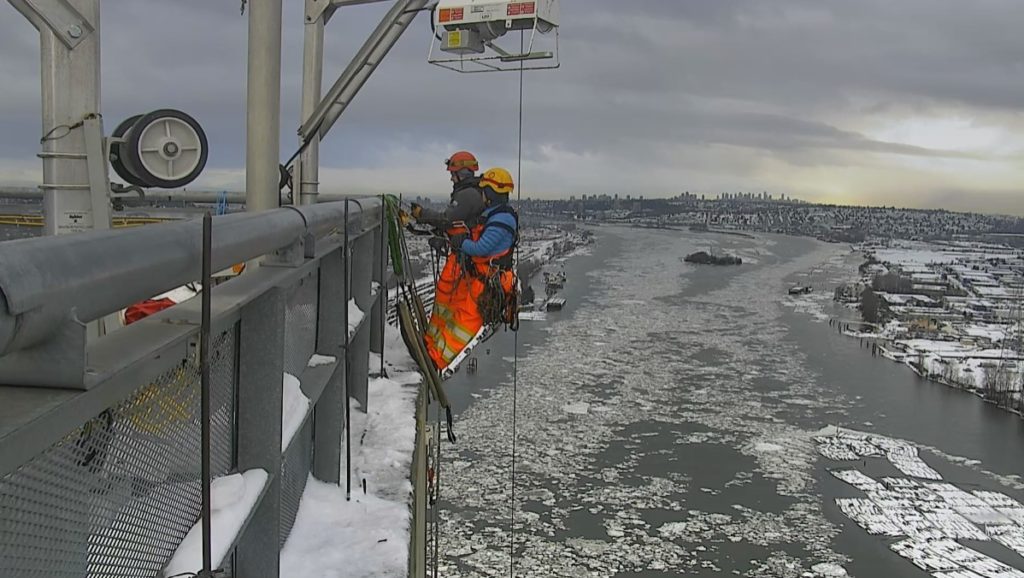Quest University has a lot in common with a New York college
Bob Mackin
The week after Squamish’s Quest University announced it would close indefinitely at the end of April, a New York college related to the same Vancouver education company faces a similar uncertain future.
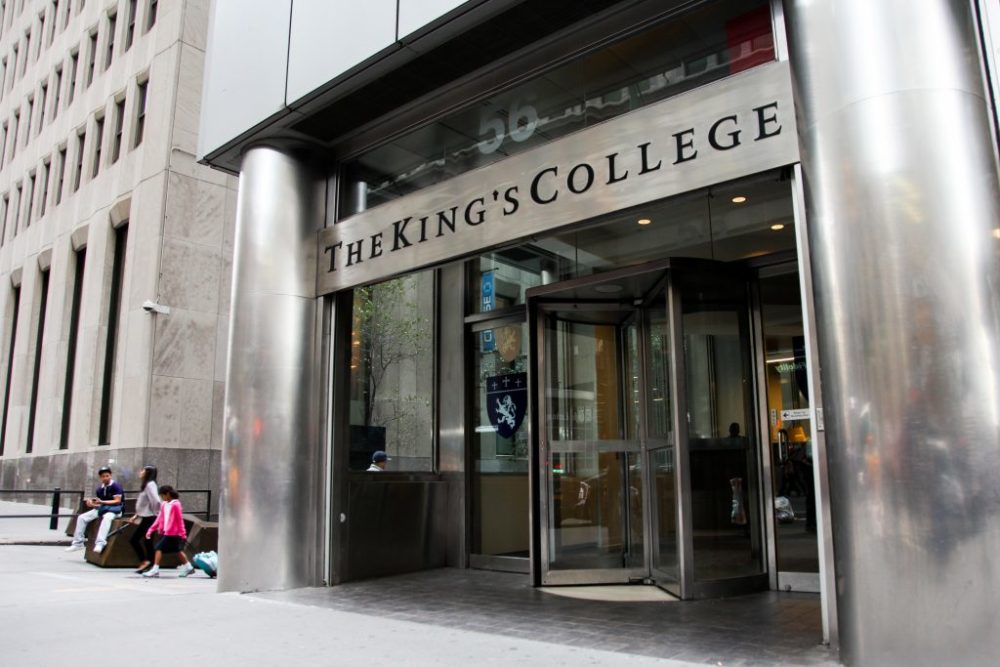
The King’s College (TKC)
The King’s College (TKC), a private Christian liberal arts college in New York City, announced in May 2021 that Primacorp Ventures Inc. would provide student recruitment, marketing and fundraising services.
The basics of the service agreement are similar to the one Primacorp made with the board of Quest in late 2020, when the company spent $43 million to buy the campus and surrounding lands in order to rescue the Squamish university out of court protection from creditors.
Early this year, however, TKC announced it needed $2.6 million to finish its academic year.
TKC’s board includes a Quest University director, former Jim Pattison Group executive Rodney Bergen, and its interim president is Stockwell Day, the former Conservative Party cabinet minister.
Day said by email that he was asked to step-in as interim president to assist with restructuring and is exploring a variety of options for the future.
“Scores of small liberal arts colleges in the U.S. and Canada are certainly not immune to the financial woes of these times which are causing layoffs or closures across so many industries,” Day said.
On Feb. 24, Inside Higher Ed reported that TKC has fewer than 350 students (Quest has 135) and that Day pitched an idea for the 6,000 graduates to each donate $500 to keep TKC going.
By Feb. 15, however, only $178,000 had been raised.
On Wednesday, Day told a hastily called meeting of TKC personnel that Primacorp chair Peter Chung would put up $2 million that he hoped to recoup from federal pandemic relief funds.

China’s Vancouver envoy Tong Xiaoling (right) with former international trade minister Stockwell Day on Dec. 11, 2018 (Mackin)
Two sources with knowledge of the meeting, but who are not authorized to speak publicly, said participants were also told that graduation would go ahead in May, with staff being paid until May and faculty would be paid until July. Non-graduating students would be helped to transfer elsewhere.
On March 3, TKC sent a memo to students and parents at 6:16 p.m. Eastern time, that said no decision had been made whether to close the college.
“We are pursuing every opportunity to keep King’s open and thriving, but at this point, we still haven’t secured an affiliation with another educational institution or raised enough funds to ensure that we are able to do that,” said the email from Day and four other executives.
The memo included a list of 10 schools to which students could transfer, if TKC closes. Five are in New York and two on the West Coast, Providence Christian College in Pasadena, Calif., and Seattle Pacific University. TKC has invited representatives of those institutions to send representatives to the TKC campus during the week of March 20.
“We will fight on for the next chapter of King’s and will leave no stone unturned. Thus, at this time there is no deadline we are setting as we keep all options open.”
In a Feb. 28 story on Religion Unplugged, executive editor and TKC journalism professor Paul Glader reported that TKC originally informed faculty of layoffs and cost-cutting last November. In January, TKC said it needed to find a mega-donor, merger with another institution or face closure.
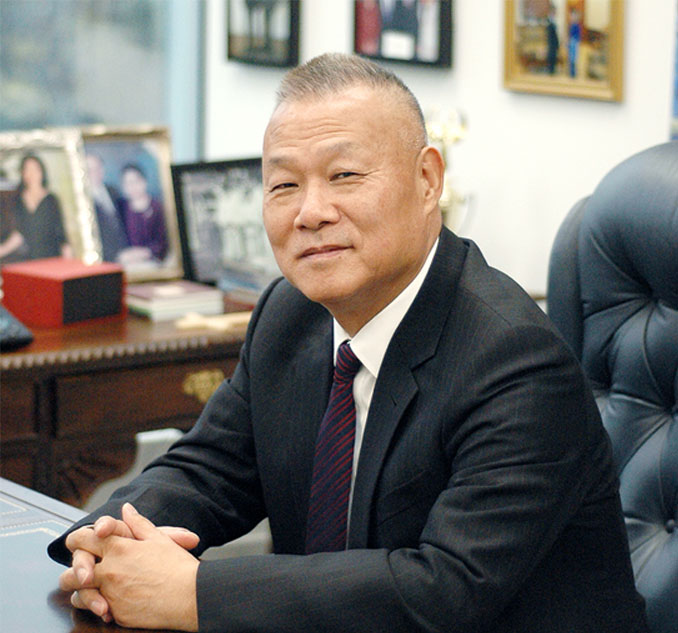
Primacorp’s Peter Chung (Primacorp)
Primacorp had hoped to profit from TKC’s online education programs and planned to offer a “global rotation” program to require students at the New York campus to study for a year abroad, in the Middle East or South Korea.
Glader’s story also noted the significance of a residential building, a former hotel, that TKC bought for $19.2 million in 2018 and is looking to sell.
“The full picture of debts on that property is not clear to outside observers,” Glader wrote. “It’s also not clear who stands to profit from a sale.”
Real estate also figures in the Quest saga. On Feb. 24, the day after the Quest board’s announcement, NAI Commercial listed the 55-acre Quest University lands and buildings for sale. The university is not included and Quest claimed it did not know the property would be listed.
Asking price is only available for bidders who sign a non-disclosure agreement. The land was assessed last year at $15.08 million and buildings $54.17 million.
Primacorp bills itself as Canada’s largest provider of private post-secondary education with 15,000 annual enrolments, including the CDI College chain, and has subsidiaries in seniors’ housing, commercial real estate and self storage in Canada and the U.S.
In July 2021, Chung reportedly paid $42 million for the Belmont Estate, the 22,000 square foot Northwest Point Grey mansion formerly owned by philanthropists Joe and Rosalie Segal.
Requests to interview Chung have not been fulfilled.
Support theBreaker.news for as low as $2 a month on Patreon. Find out how. Click here.
Bob Mackin The week after Squamish’s Quest University






